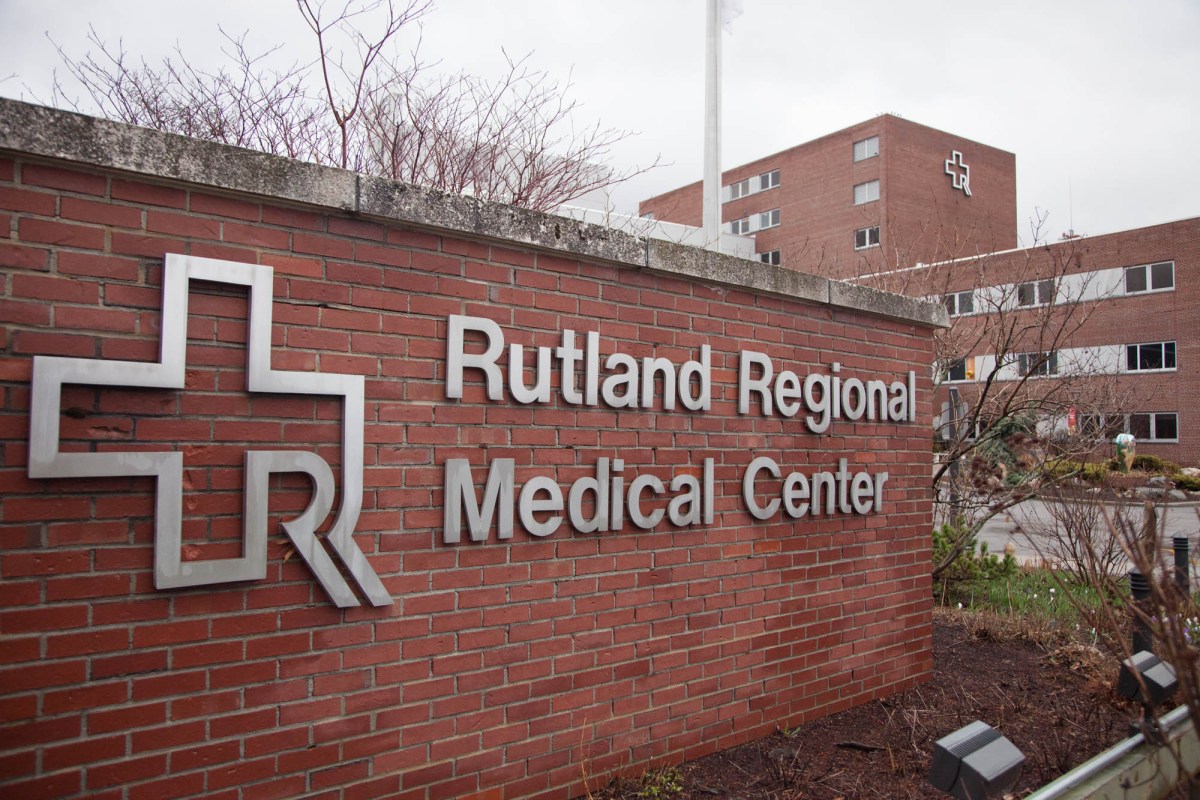 Rutland Regional Medical Center. File photo by Mike Dougherty/VTDigger
Rutland Regional Medical Center. File photo by Mike Dougherty/VTDigger
Rutland Regional Medical Center will close its five inpatient pediatric beds, the hospital announced Wednesday. The change is due to a drop in the number of children who need overnight stays, according to hospital CEO Judi Fox, but it comes as hospitals across Vermont are under financial strain.
Fox said most pediatric patients receive adequate care through the emergency room, outpatient visits or shorter inpatient stays. The hospital’s five pediatric beds are unoccupied about half of the time. Nearly two-thirds of the hospital’s pediatric patients go home the same day, according to a hospital press release.
READ MORE
“Maintaining specialized inpatient services that are rarely used is not an efficient use of staff or resources,” the release stated.
The means that any pediatric patient needing overnight treatment will need to be transferred to the Golisano Children’s Hospital at University of Vermont Health in Burlington or Dartmouth Hitchcock Medical Center, in Lebanon, New Hampshire. (Fox said patient transfer agreements are still in the works for the latter.)
The Rutland hospital will continue its pediatric outpatient and surgical services for same-day and short-stay care, she said. Some young adult patients needing inpatient care may be able to stay in adult inpatient units, according to the release.
The hospital will also set aside rooms for pediatric patients who come into the emergency department and need longer observation. Already, about 10% of the patients seen in the emergency room are pediatric cases, Fox said. “They are already caring and experienced with this patient population,” she said.
Fox estimated that the closure will save the hospital nearly $3.1 million a year, though she stressed that the shift “was not made just because of a financial decision.” She added that it is challenging to recruit and retain staff and maintain their competencies with such a low volume.
“This change allows us to continue offering excellent pediatric care while demonstrating our commitment to affordability, expanding access, and delivering high-quality care,” Fox said in the release. “It reflects our response to the evolving needs of patients today, as we move toward fewer hospital stays and more outpatient and community-based care options.”
The Rutland hospital will also maintain its gynecological, obstetric and newborn care, Fox added. The shift in care does not require the hospital to make any layoffs, though it may require the pediatric nurses and staff to apply to be reassigned. Fox hopes that this change can help offset some of the hospital’s reliance on travelers.
The change is expected to go into effect Dec. 21, though Fox said it may take longer to implement the formal review process before closure.
After UVM Medical Center, Rutland Regional Medical Center is the largest community hospital in Vermont in terms of patient services. For 2026, the state’s main health care regulator, the Green Mountain Care Board, approved a $336.6 million net patient revenue for the hospital.
The closure of overnight pediatric beds in Rutland fits into a dire bigger picture for the state’s small, rural hospitals that care board chair Owen Foster painted for legislators earlier this October. Many hospitals in the state have extremely limited cash on hand and slim reserves. Vermonters should expect that hospitals will start cutting services, just like Copley Hospital announced in June it would do with its birthing center, Foster said.
Comparatively, Rutland Regional Medical Center offered a picture of relative financial health, against the state’s most strained hospitals. For instance, in 2024 it had some of the most cash on hand of the state’s hospitals, with 244 days of reserves — UVM Medical Center, for comparison, had 136 days, while Springfield Hospital’s dipped down to 42.9 days’ worth, according to Foster’s presentation. For 2026, Rutland projects to have 154 days’ cash on hand. Anything that falls into the 202-275 range is ranked as “very strong,” in the S&P Global ratings for nonprofit hospitals, while 110-160 is still “adequate.”

